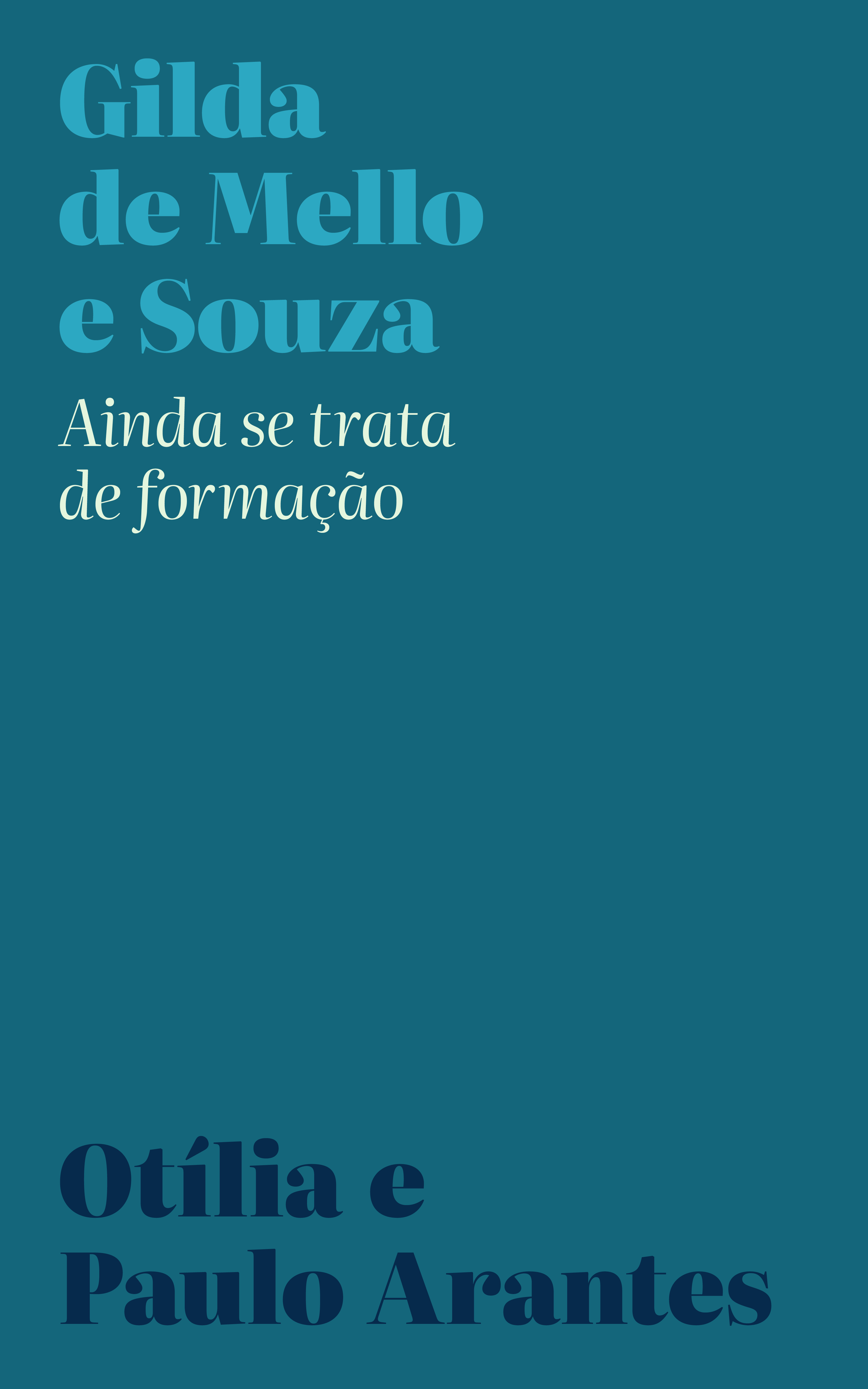Gilda de Mello e Souza
It’s still about formation [1996 a 2006]
2006
Synopsis
The four essays in this book explore what we could call the “method” of Gilda de Mello e Souza’s essay-writing. Even though the specific tone of her prose is not limited to a method, it would not be an exaggeration to characterize her style as a highly elaborate version of what historian Carlo Ginzburg called “evidentiary paradigm”, which, in turn, converges with what Lionello Venturi defined as the “perito-conoscitore” (literally, “expert-connoisseur”). Following the Clima group’s typical lack of interest for theory, Gilda soon realized “the importance of this patient, thorough critical exercise, focused on the observation of the most insignificant features”. A great example of this procedure can be found in the essay about Paulo Emílio Sales Gomes’s film criticism, which Gilda considers as a very particular exercise of detective-like investigation. It is precisely this evidentiary approach that allows her to consider Almeida Jr. as the first painter to reveal the “Brazilian man”, introducing a new era of painting in Brazil, where the national representation used to be based on the European academic art. Influenced by her own experience as a child who grew up in the countryside, and above all by her trained eye from studying body techniques and describing them in her work about nineteenth-century fashion, Gilda was able to identify that figure—on the sidelines of imported cultural parameters—through minimal clues and signs that appear in the gestures and body postures of the painter’s figures. That is how something we could call the formation of Brazilian painting emerged on the horizon, culminating in Modernism, then unfolding into other configurations, like the houses painted by artists of the so-called Paulista School, or the emptied cities painted by Gregório Gruber. Gilda’s debt to the French “amateur” masters (Jean Maugüé, Lévi-Strauss, and Roger Bastide) is reviewed in the last essay. Added to the end of this volume is an excerpt from an interview given by Otília Arantes in 2016, on the tenth anniversary of Gilda de Mello e Souza’s death.
Keywords: Gilda de Mello e Souza, Aesthetics, Art Criticism, Art History, Visual Arts, Painting, Fashion, Formation, Almeida Jr., Mário de Andrade, Gilberto Freire, The Brazilian man, The malarious, Gesture dynamics, 19th century, Eliseu Visconti, Mário Pedrosa, Tarsila do Amaral, Paulista Family, Gregório Gruber, Ensy-writing, Carlo Ginzburg, Evidentiary paradigm, Gombrich, Relational structure, Lionello Venturi, Clima group, Jean Maugüé, Lévi-Strauss, Roger Bastide, Amateur Criticism

Series
Categories
License

This work is licensed under a Creative Commons Attribution-NonCommercial-NoDerivatives 4.0 International License.


